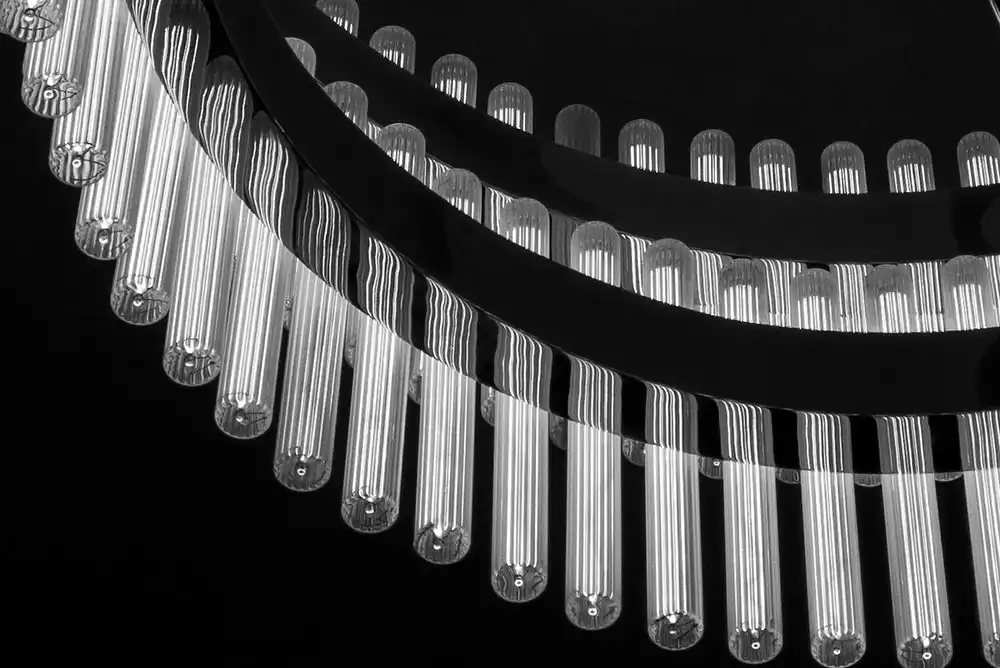
At Acme Vial, we manufacture every tubular glass vial through precise, controlled steps that ensure consistency, durability, and reliable performance for cannabis, essential oil, skincare,
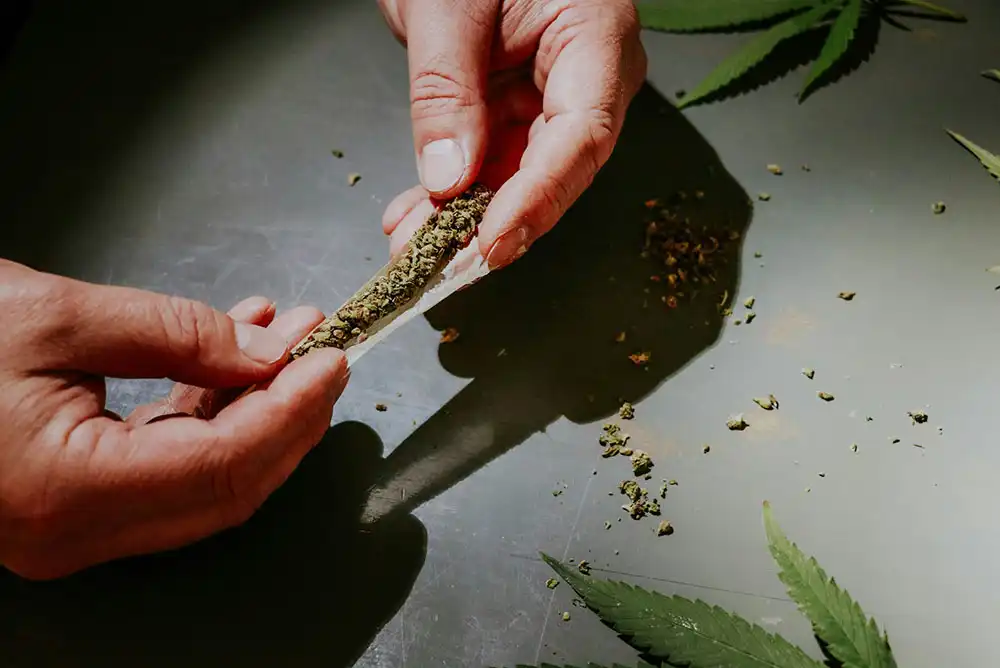
We’ve spent decades perfecting glass vials for cannabis pre‑rolls, so we know exactly what manufacturers need to see before approving a package. This guide walks
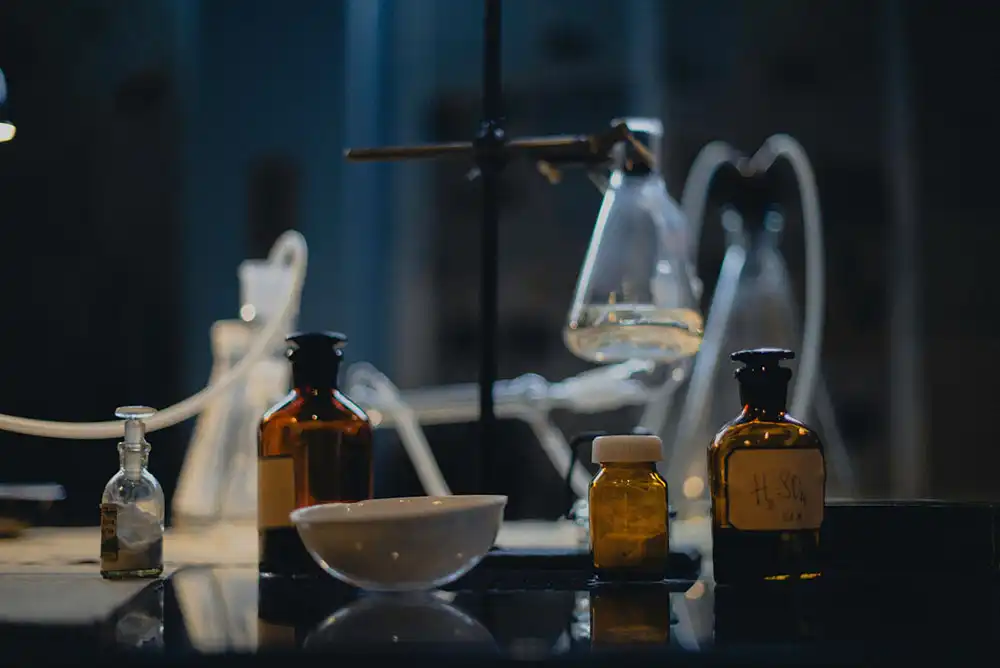
Small bottle design is evolving in response to both aesthetic demands and practical packaging requirements for sectors such as cannabis, essential oils, skincare, and cosmetics.
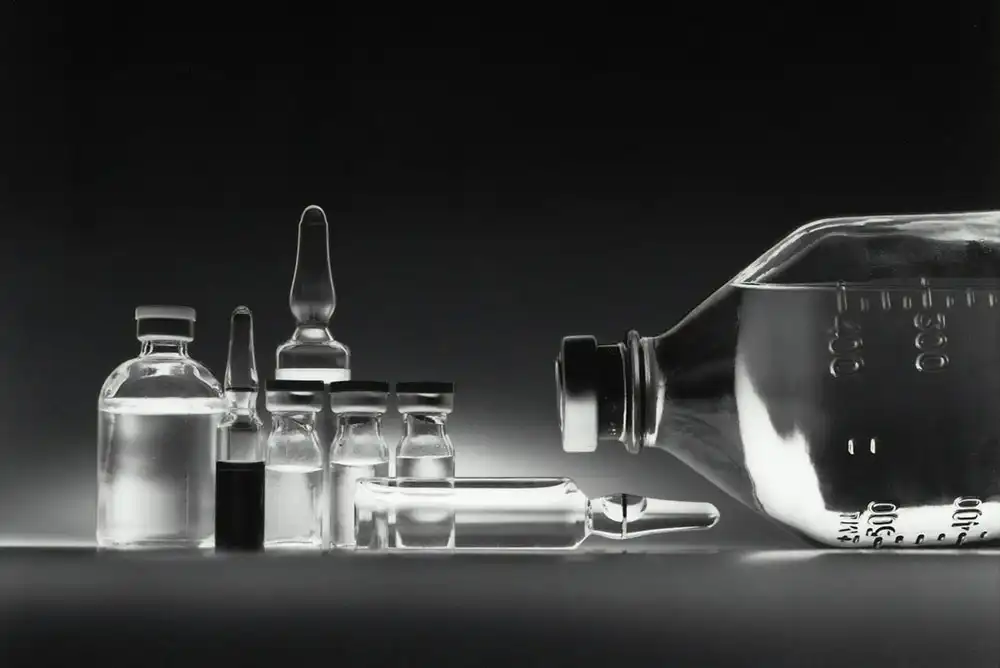
At Acme Vial and Glass, we have extensive experience in manufacturing high-quality glass vials directly from glass tubing. Below is a comprehensive guide designed to
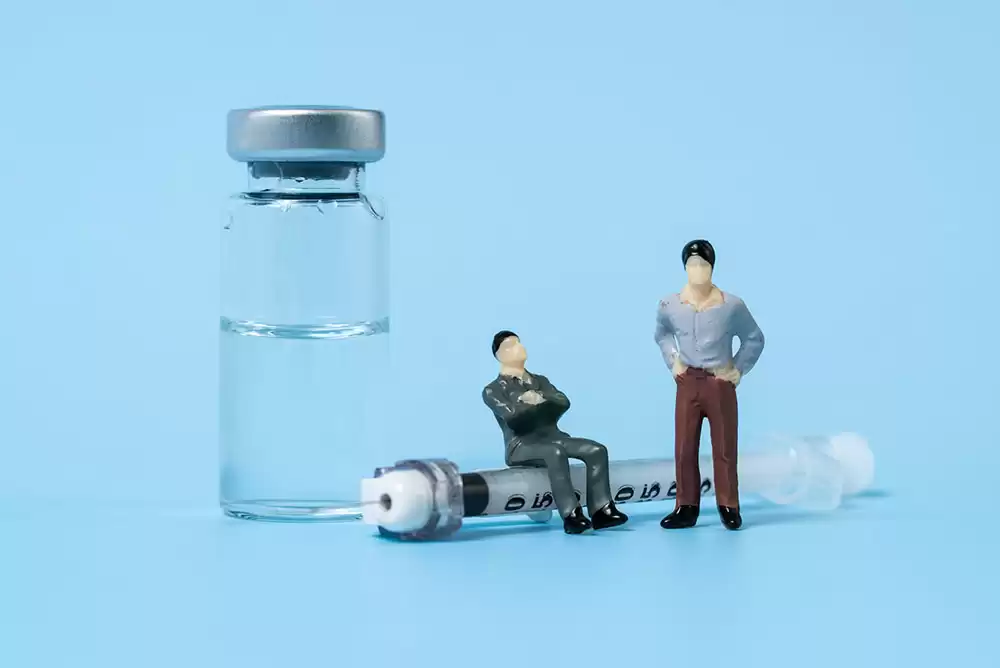
At Acme Vial, we produce tiny glass vials that serve a broad range of industries. Our experience in manufacturing high-quality vials using glass tubing ensures

When packaging beard oils, the bottle you choose will be critical in maintaining product quality, enhancing customer experience, and building brand recognition. At Acme Vial,
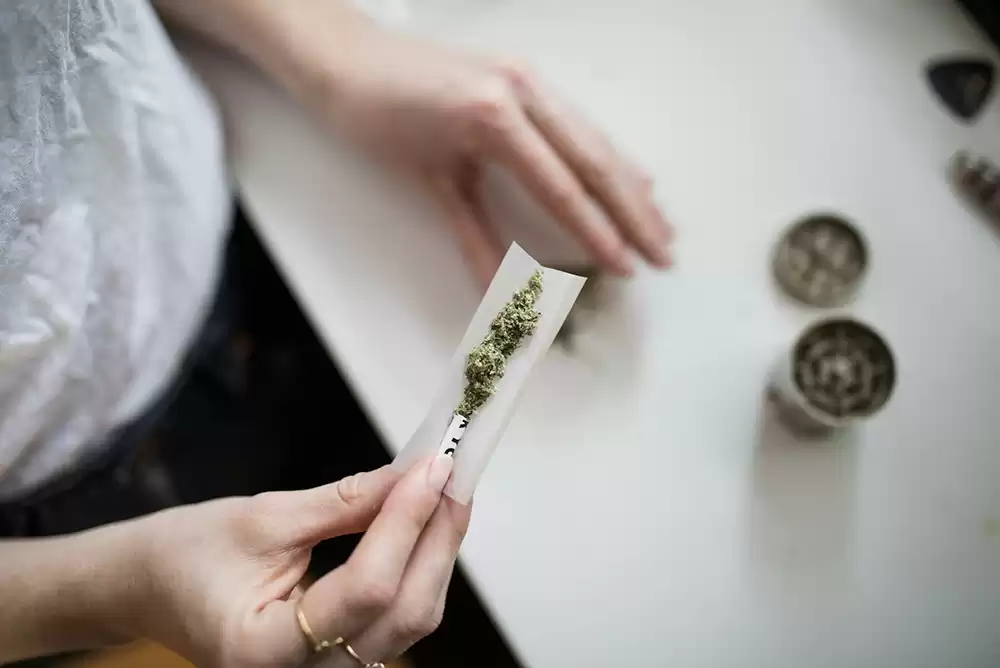
When it comes to packaging cannabis products, choosing the right doob tube can make or break your product’s shelf appeal. You want something that’s durable,
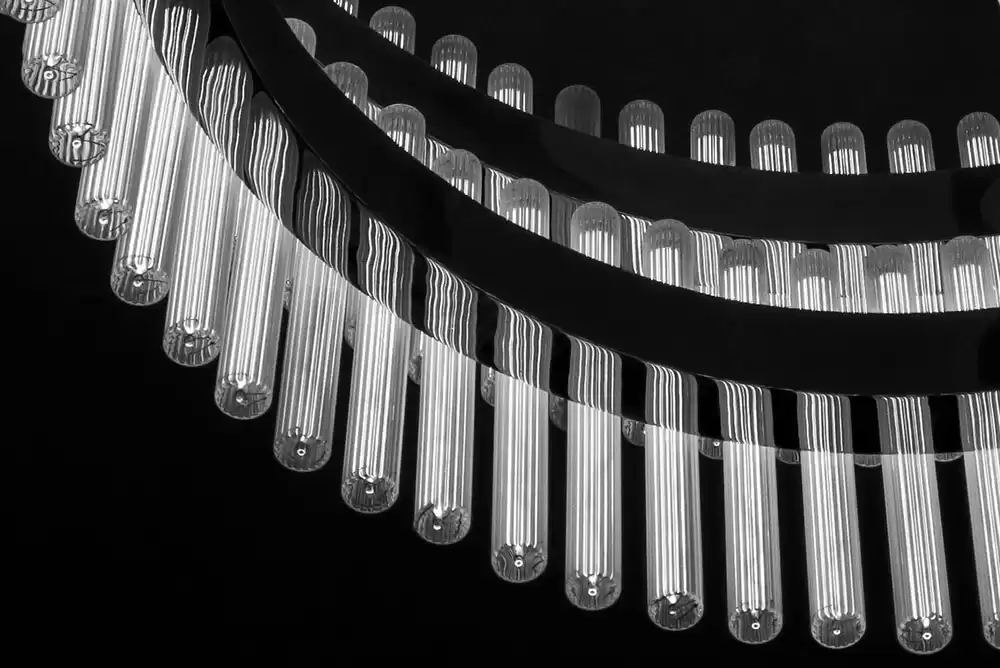
At Acme Vial, we understand that proper packaging can make all the difference when it comes to preserving the quality of your products and attracting
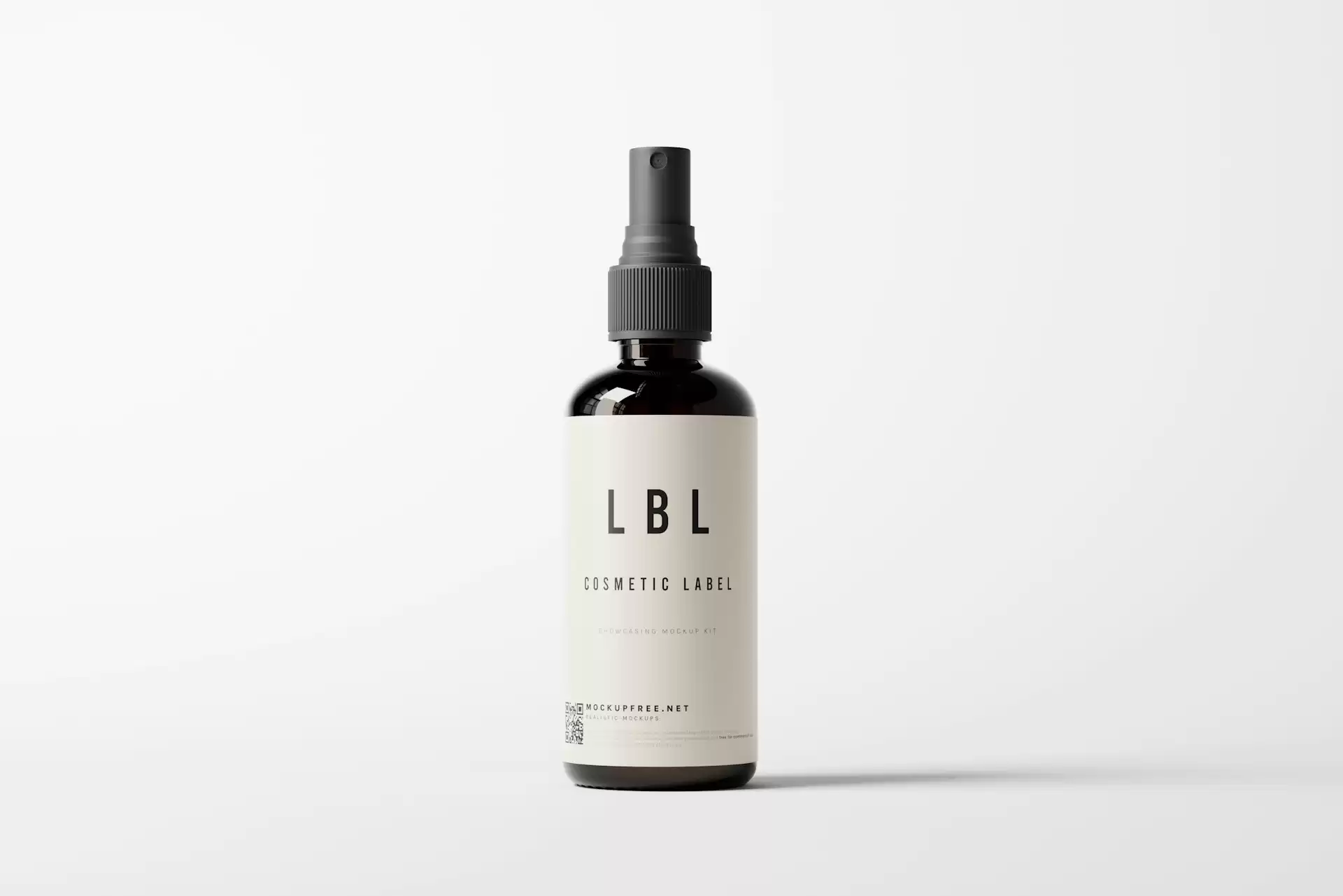
When selecting the right dropper bottles for your products—cannabis oil, essential oils, skincare serums, or cosmetics—the details matter. Your packaging choice affects everything from product
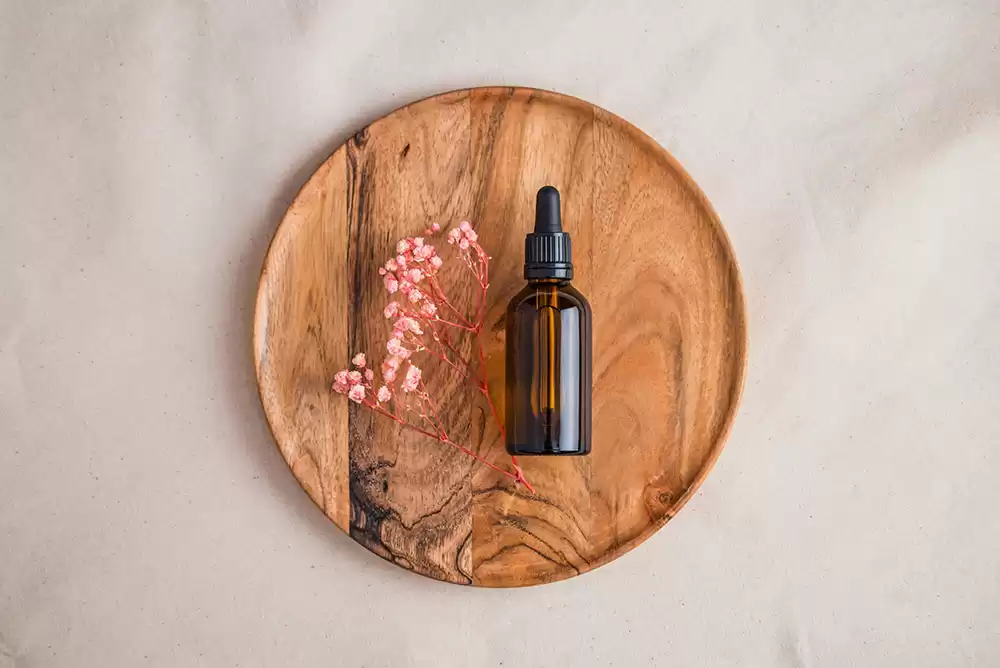
Empty essential oil bottles might seem like they’re ready for the recycling bin, but before you toss them out, consider the many creative and practical
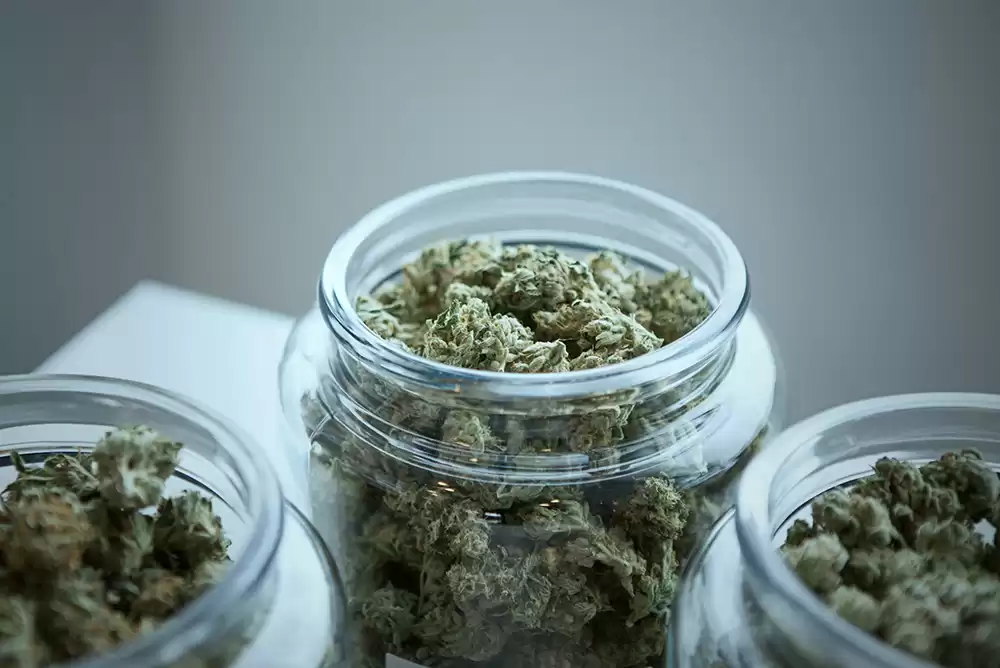
Designing effective and compliant packaging for cannabis products is crucial for manufacturers in the cannabis, essential oils, skincare, and cosmetics industries. At Acme Vial, we
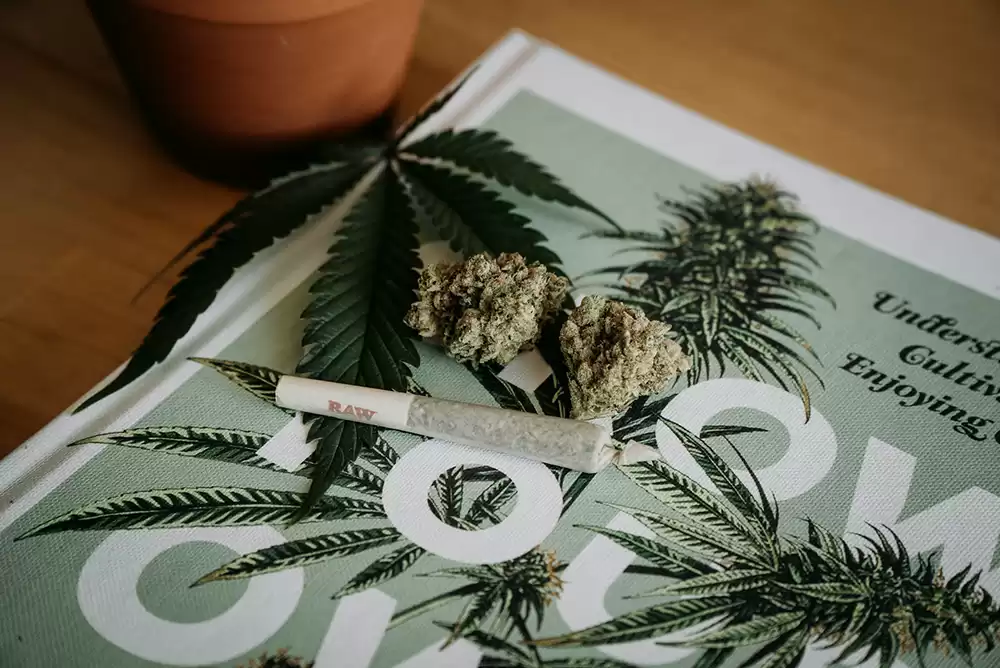
Effective packaging design is crucial in the dynamic and rapidly growing industries of cannabis, essential oils, skincare, and cosmetics. At Acme Vial, we understand the
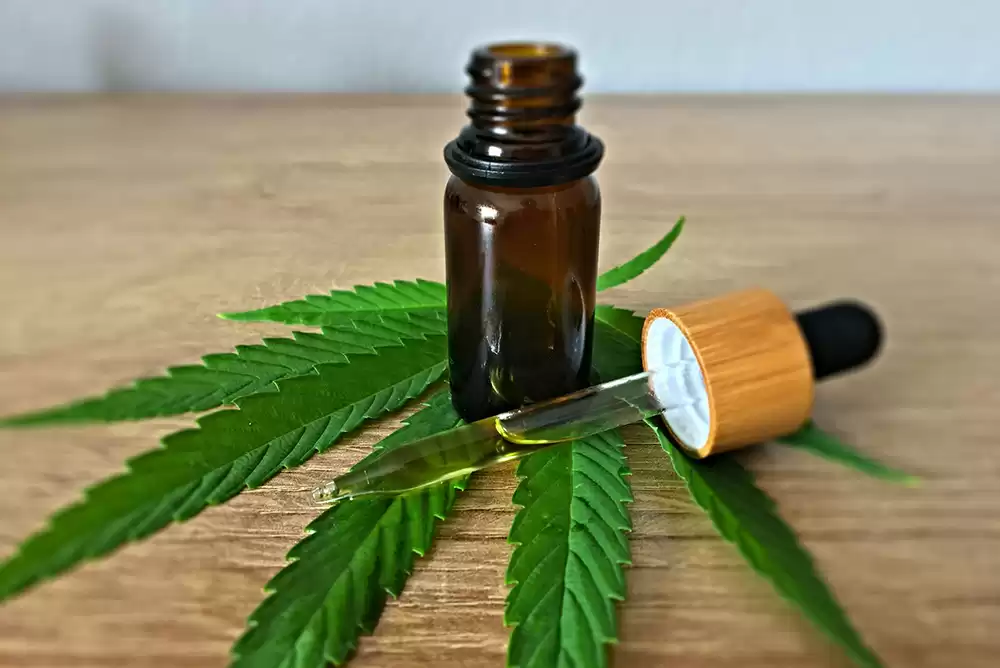
Remaining compliant with the ever-evolving cannabis packaging regulations is of utmost importance. This guide includes information on the most current regulations, key compliance considerations, and
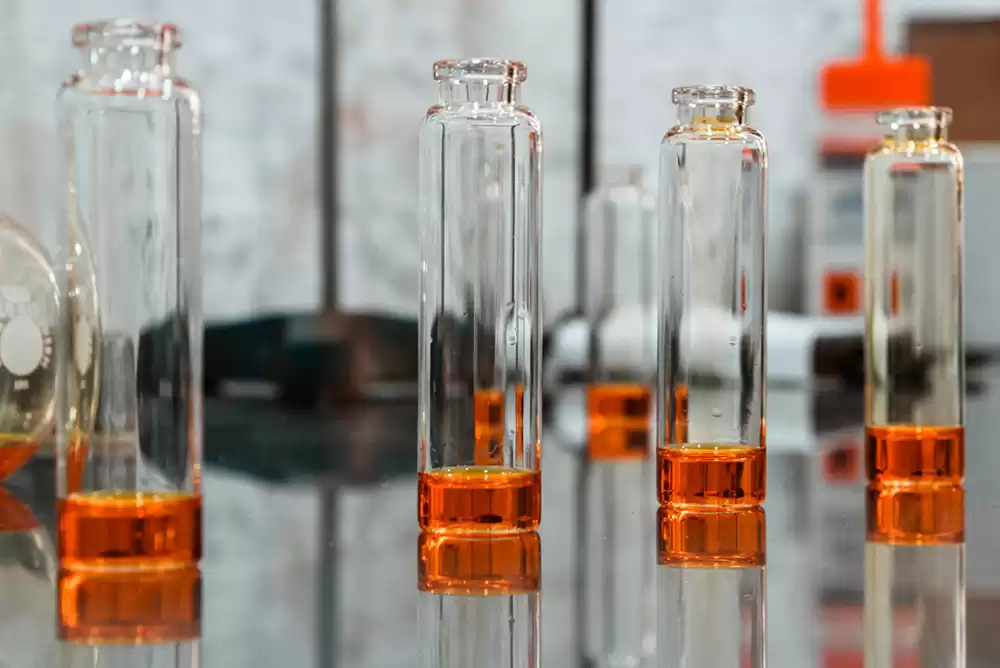
Glass vials are indispensable tools in industries ranging from pharmaceuticals to cosmetics, offering a reliable and versatile storage solution for various substances. At Acme Vial,

As a manufacturer in the cannabis industry, understanding how to store pre-rolled joints or similar products effectively is crucial for maintaining product quality and integrity.
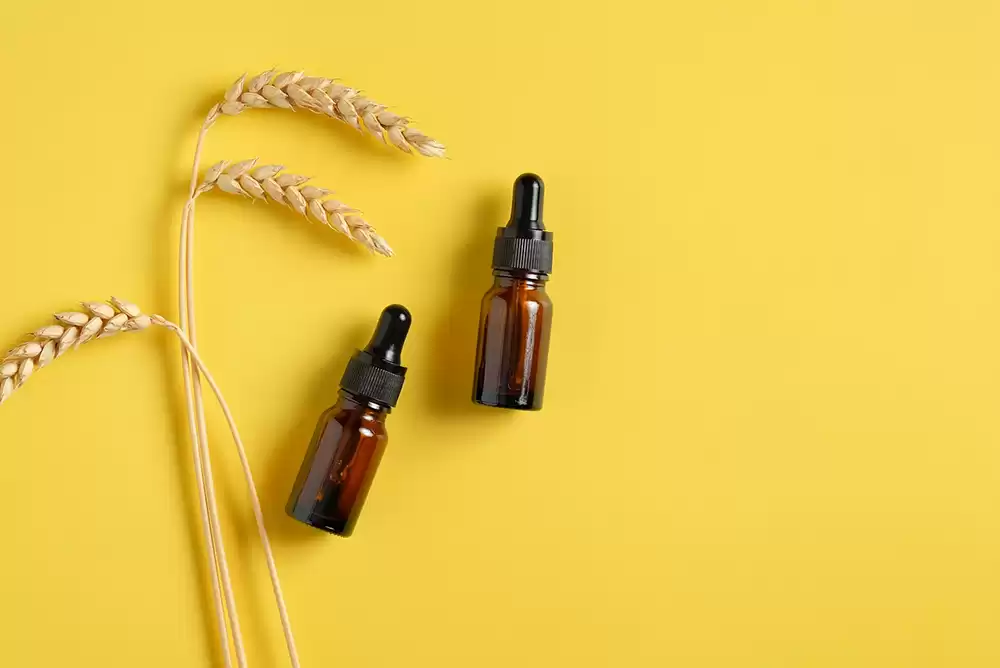
At Acme Vial and Glass, we understand the significance of creating custom glass bottles that meet and exceed our valued clients’ expectations. Whether you are
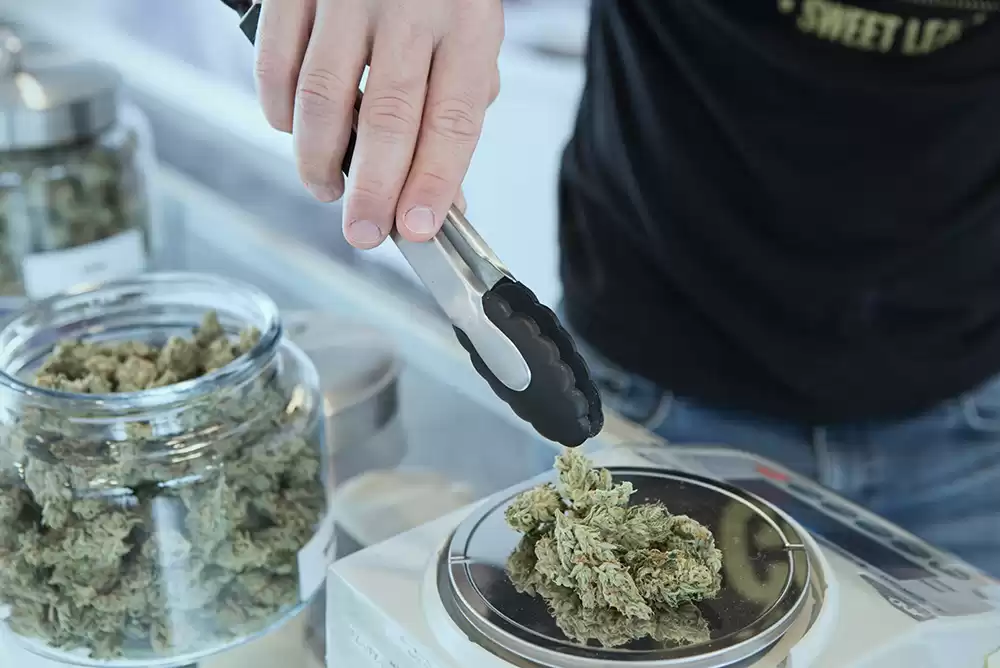
Greetings to all manufacturers in the cannabis, essential oils, skincare, cosmetics, and similar industries who understand the value of premium packaging! At Acme Vial, we
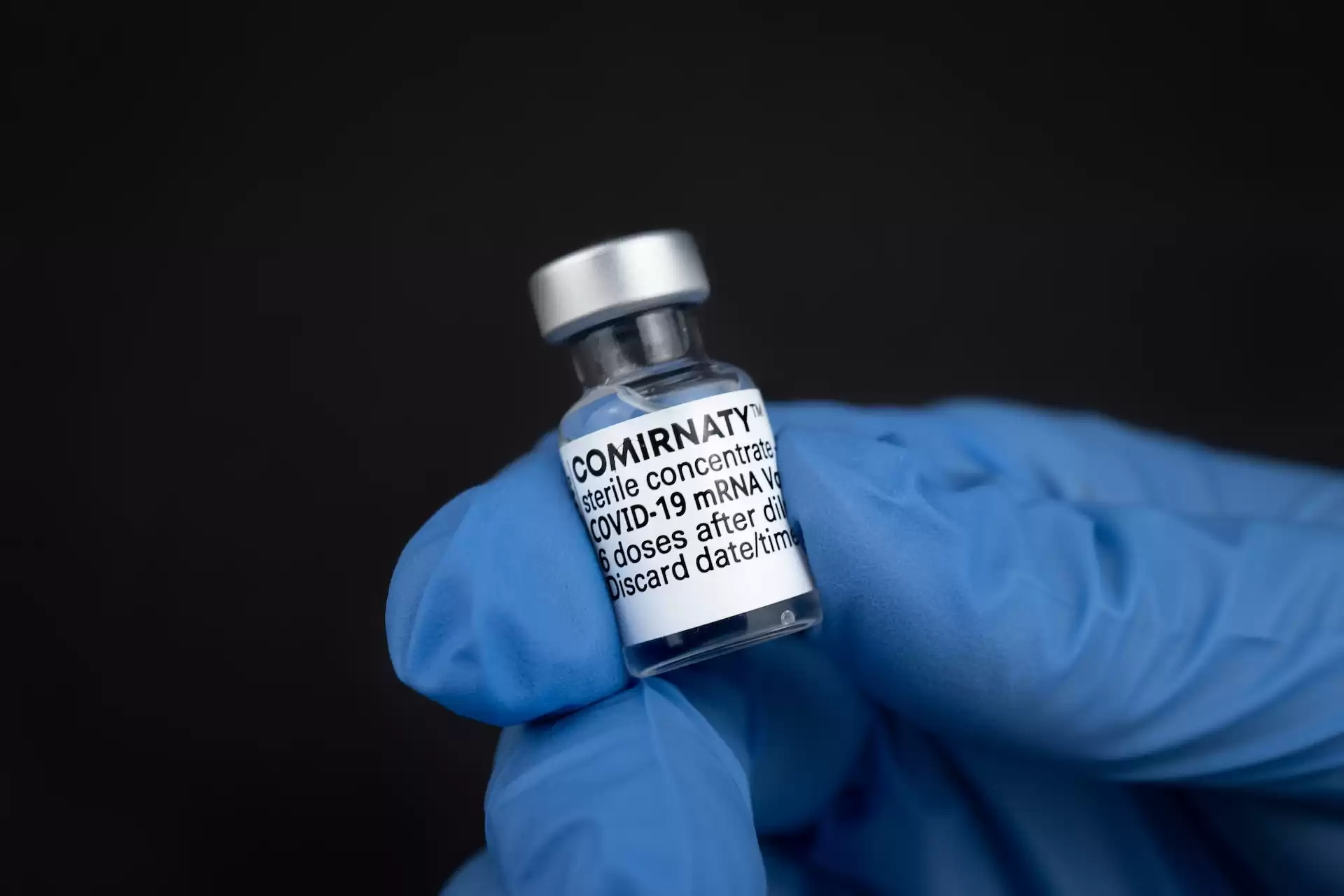
Beginning in March 2020, the world faced an unprecedented challenge in the race to combat the COVID-19 pandemic. By the end of 2020, pharmaceutical corporations
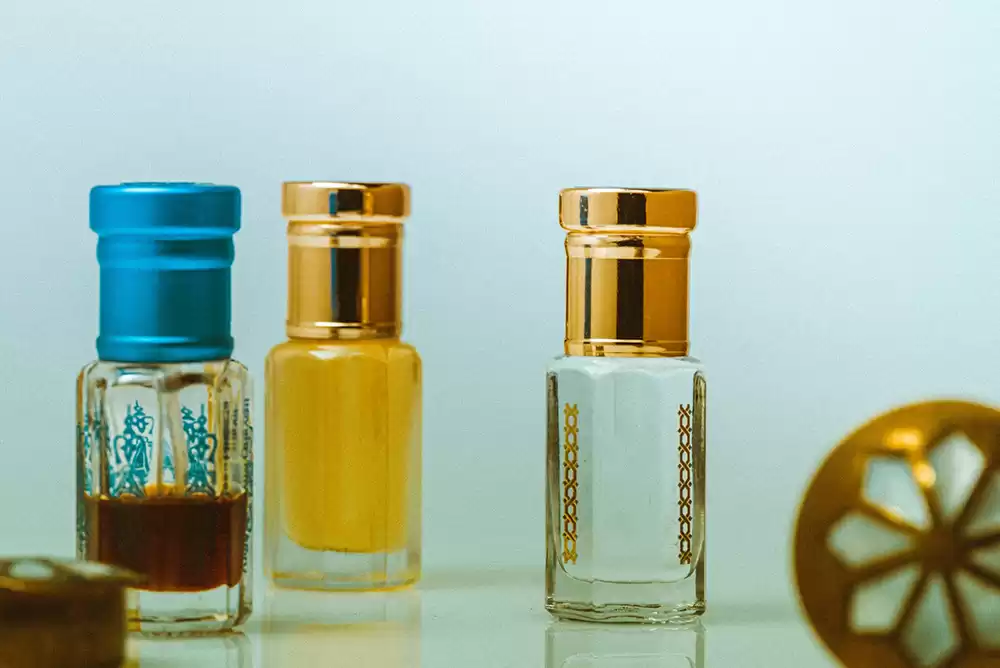
Glass vials have long been a staple in industries like cannabis, essential oils, skincare, cosmetics, etc. Acme Vial and Glass, a renowned manufacturer in the
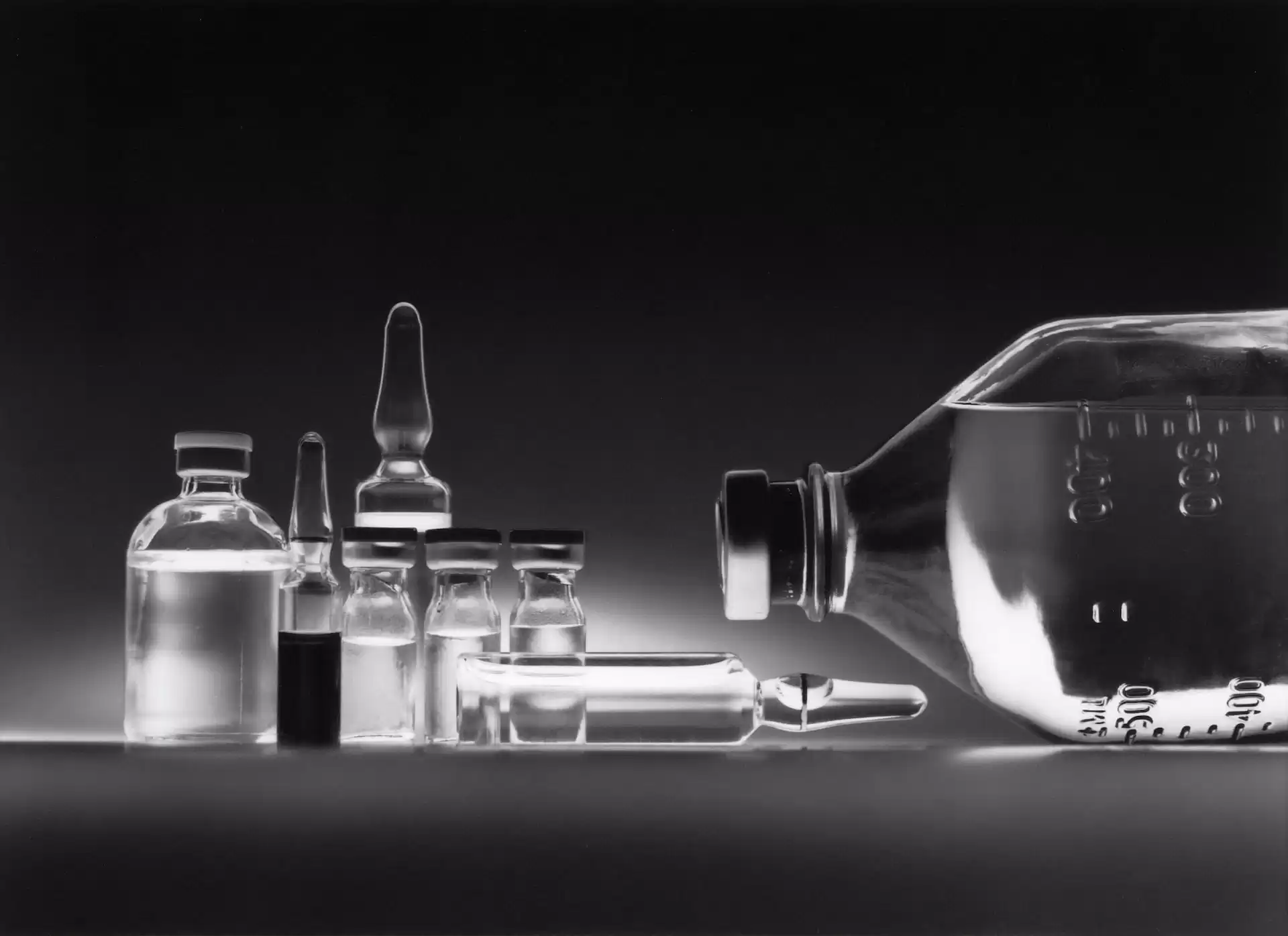
Glass vials have become an indispensable part of the packaging for various products like cannabis extracts, essential oils, skincare serums, cosmetics, and more. At Acme
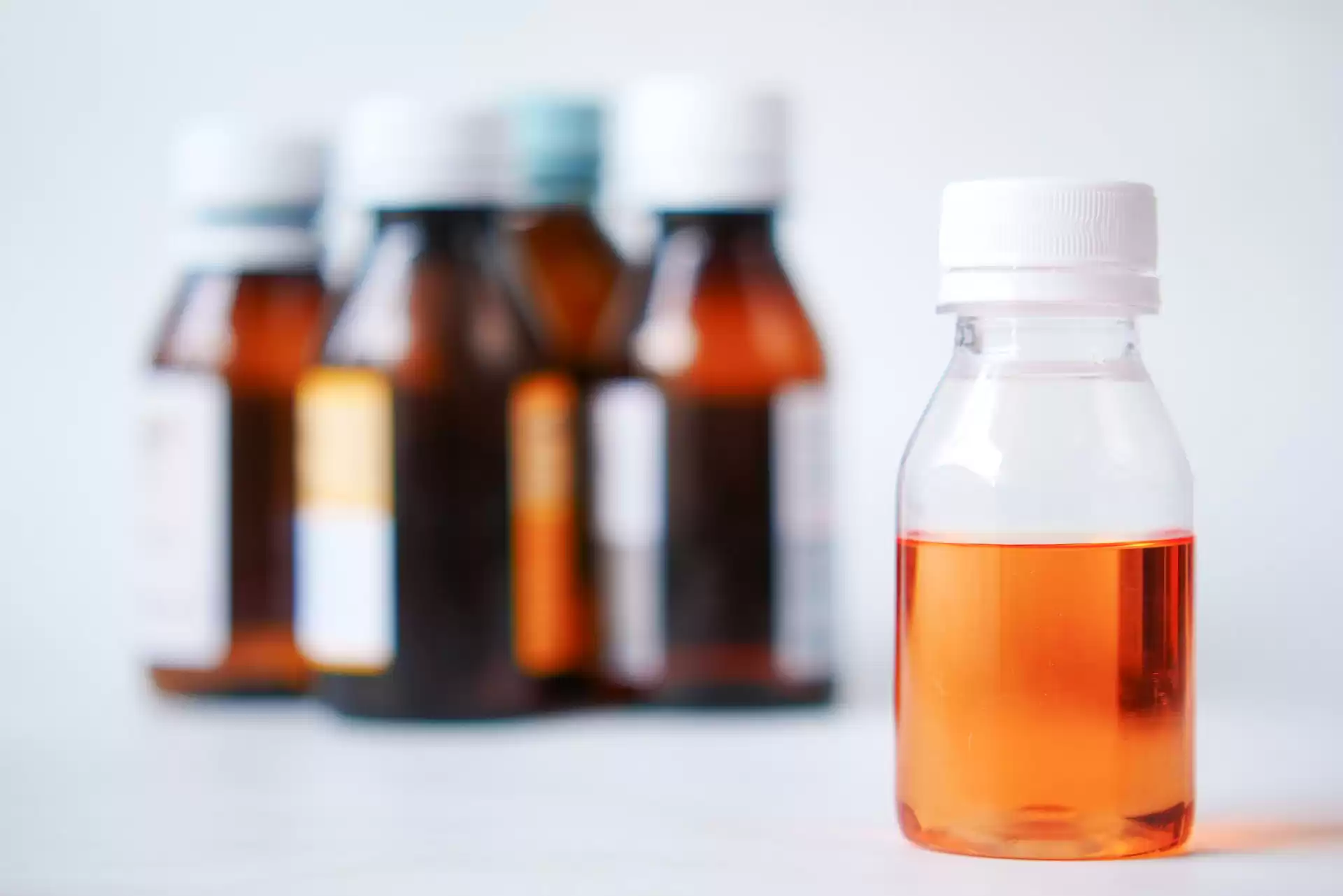
Medical glass vials are integral for storing and distributing a range of substances in various industries, including cannabis, essential oils, skincare, and cosmetics. These vials
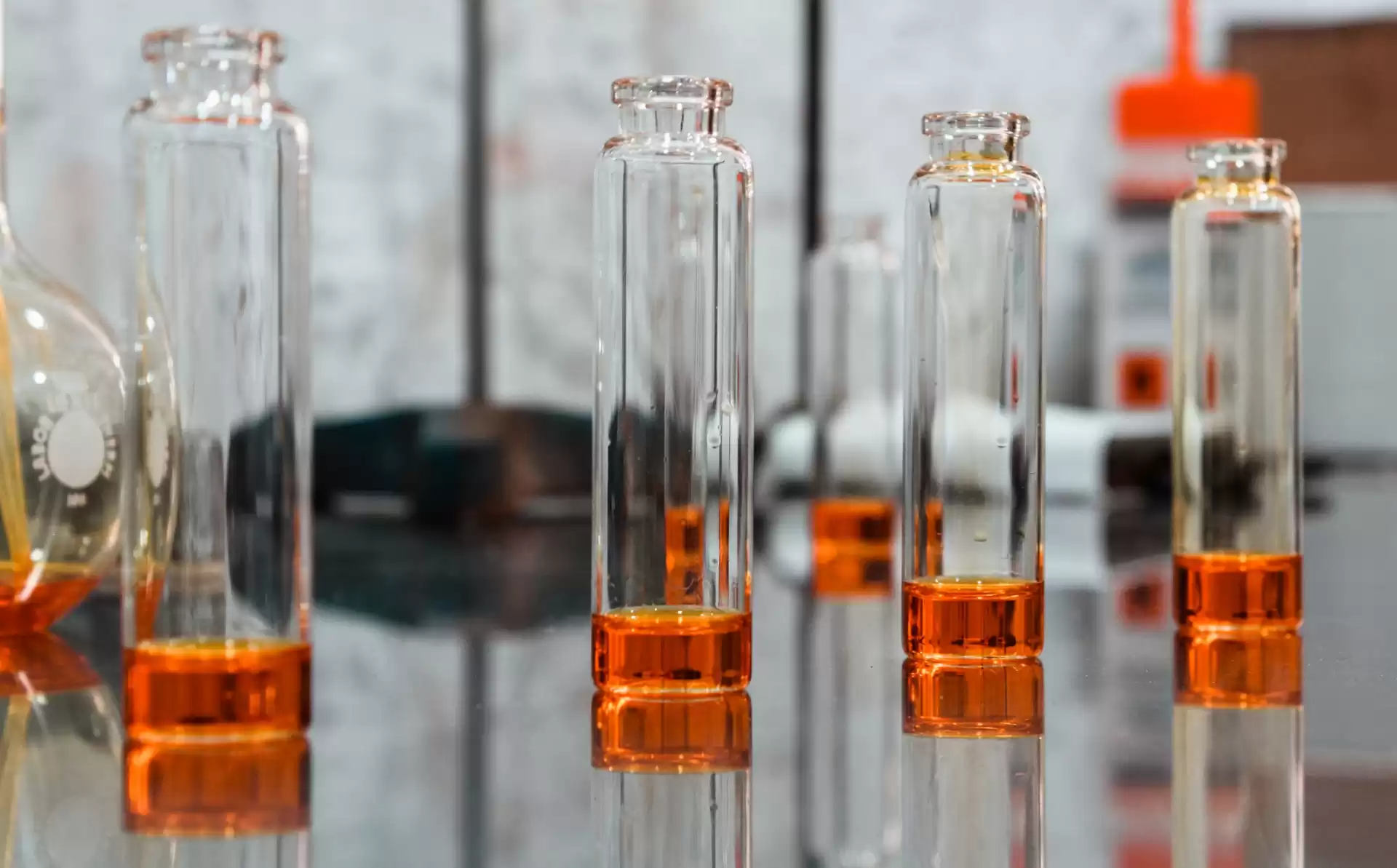
Welcome to Acme Vial‘s exciting article about the innovative uses of glass vials! As experts in the field, we confidently present you with five clever
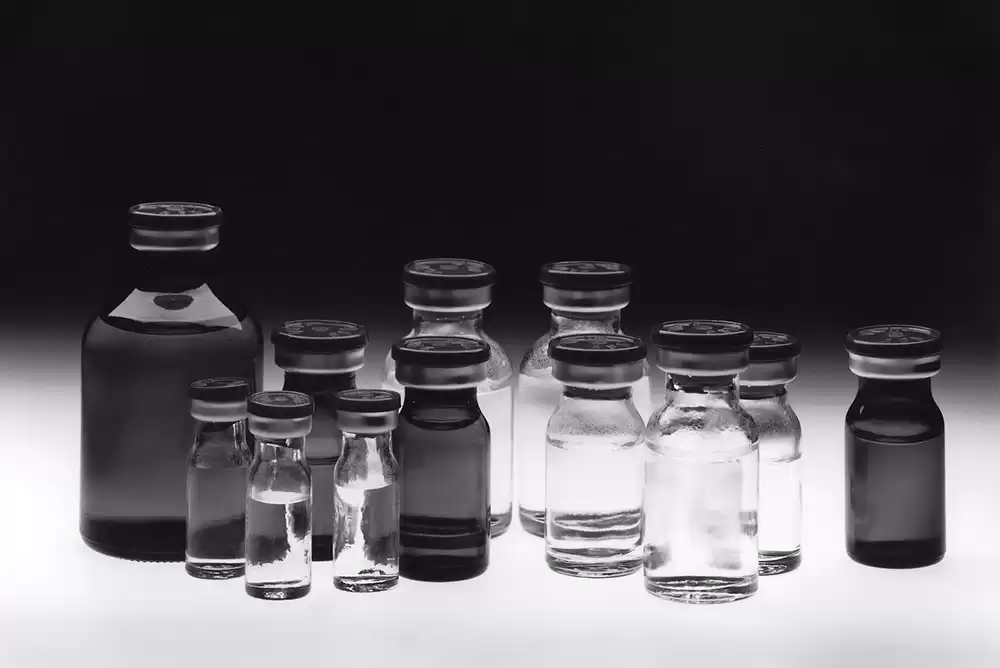
Child-resistant packaging plays a critical role in ensuring the safety of various products, including cannabis product packaging. Manufacturers need to understand the historical development and

Beard oil has gained significant popularity among grooming enthusiasts, and as a manufacturer in the cannabis, essential oils, skincare, cosmetics, or related industries, choosing the
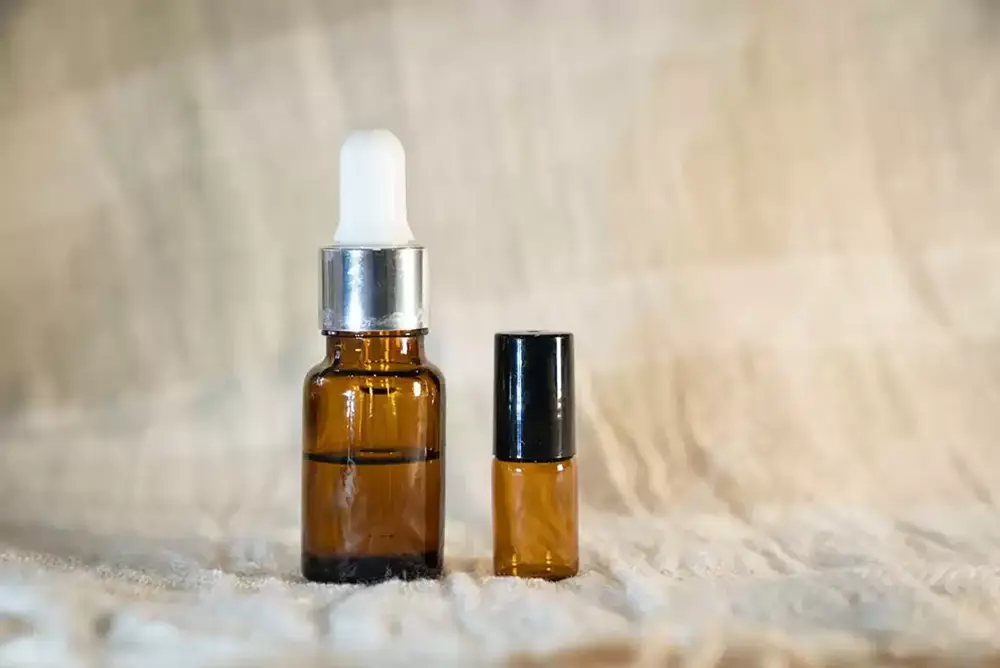
Businesses must consider several factors when deciding what type of oil storage bottles to use for their products. Plastic tends to be cheaper than glass,
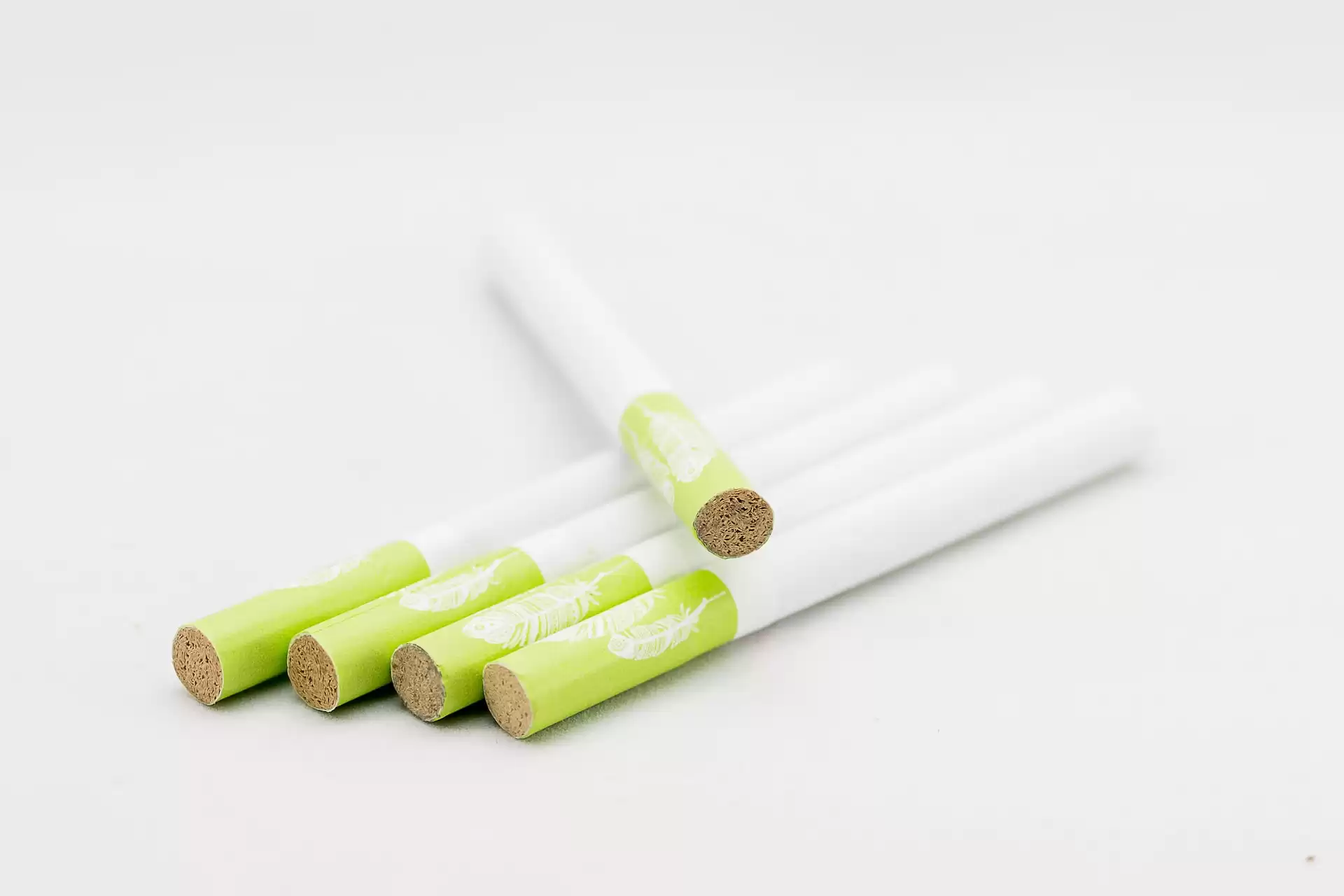
As the cannabis industry continues to grow and evolve, manufacturers must consider the importance of proper product storage. One of the most popular storage options
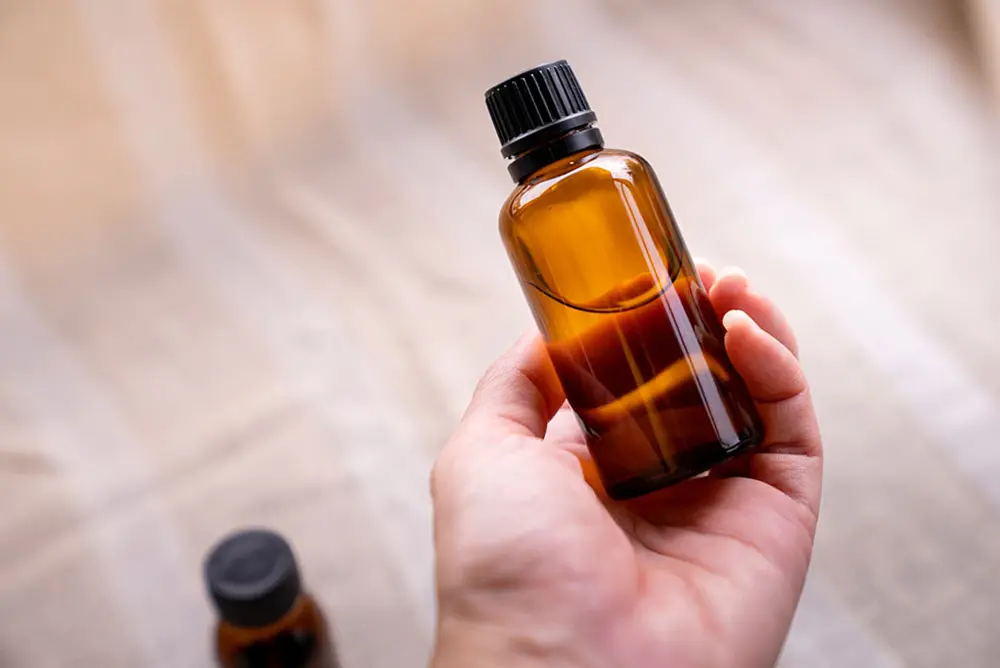
Glass dropper bottles are commonly used for storing and dispensing pharmaceuticals and other healthcare-grade products. However, it is vital to sterilize these bottles before use to
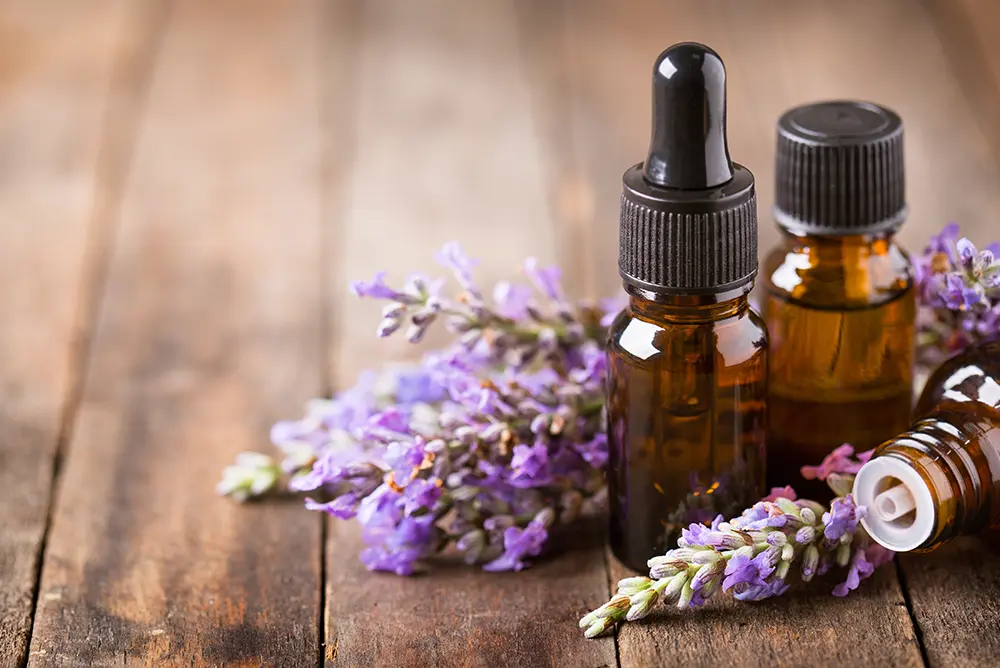
Glass dropper bottles have become increasingly popular among companies that sell essential oils, cosmetics, CBD and aromatherapy products, and others. These bottles include convenient and
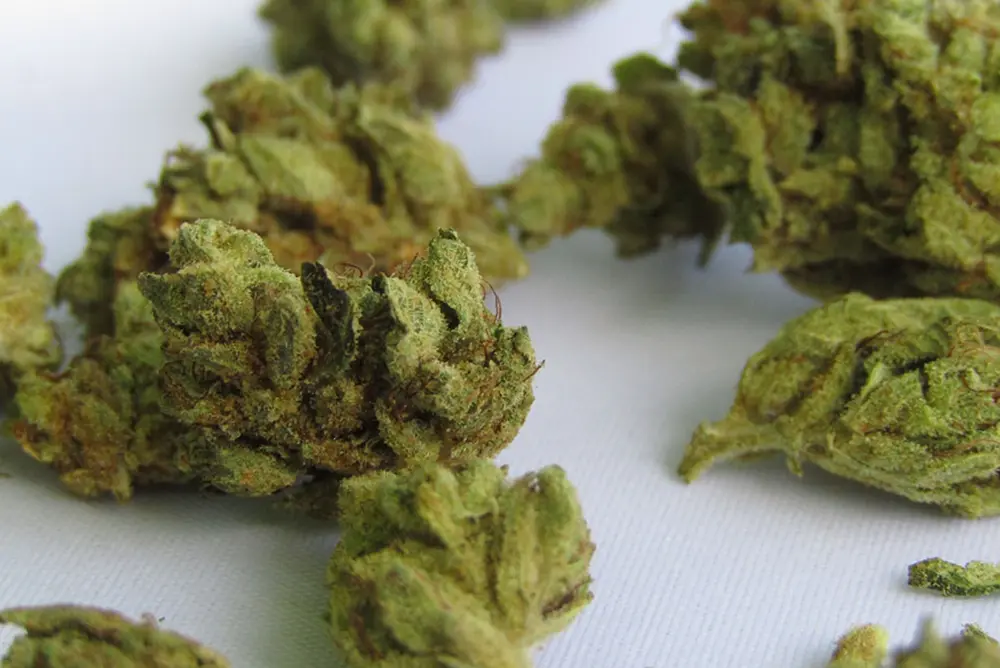
As time has passed, nations worldwide have begun to shift their perspective on cannabis products. From cannabis edibles to cannabis oils, shifting sentiment is becoming
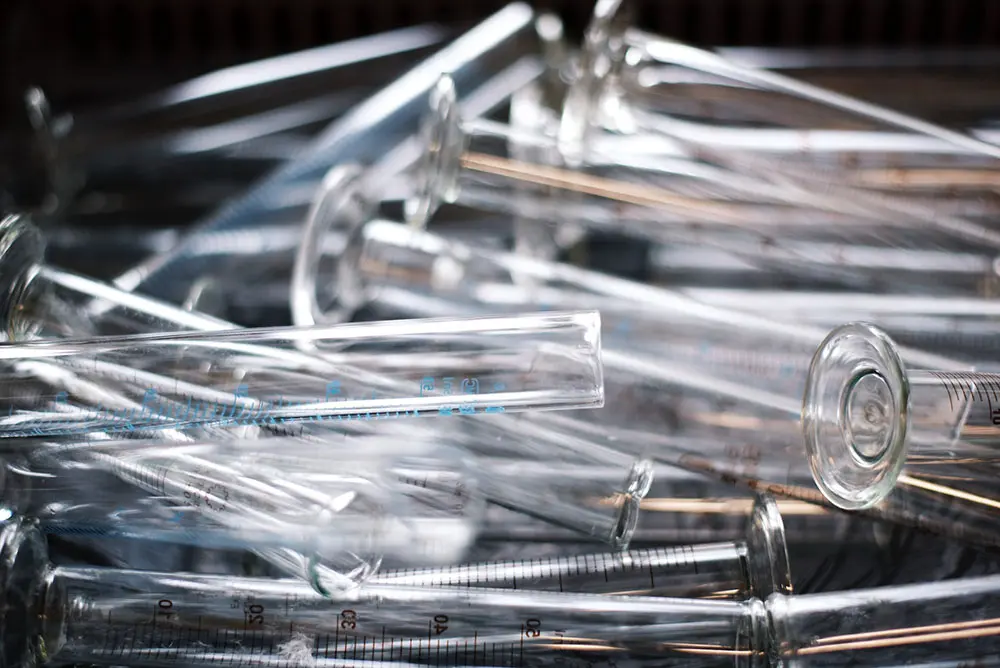
Tiny vials are fantastic for storing small liquids or other delicate products. Glass vials with caps are ideal for storing a substance at a more extreme
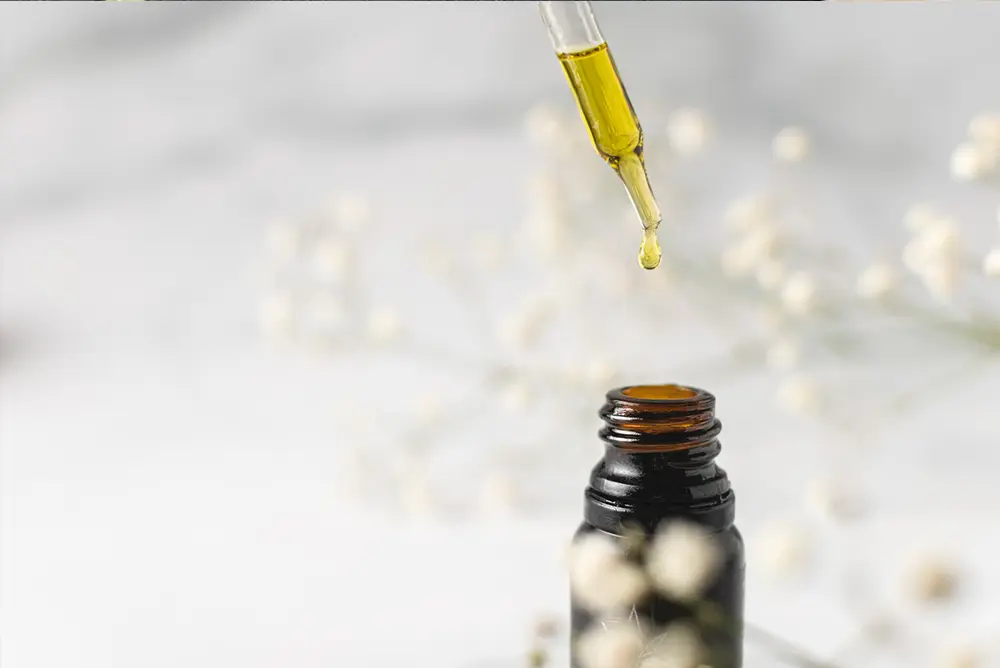
The essential oils industry has grown exponentially over the past decade. Whether for sensory purposes, energy cleansing, or skincare, more and more people understand how beneficial essential
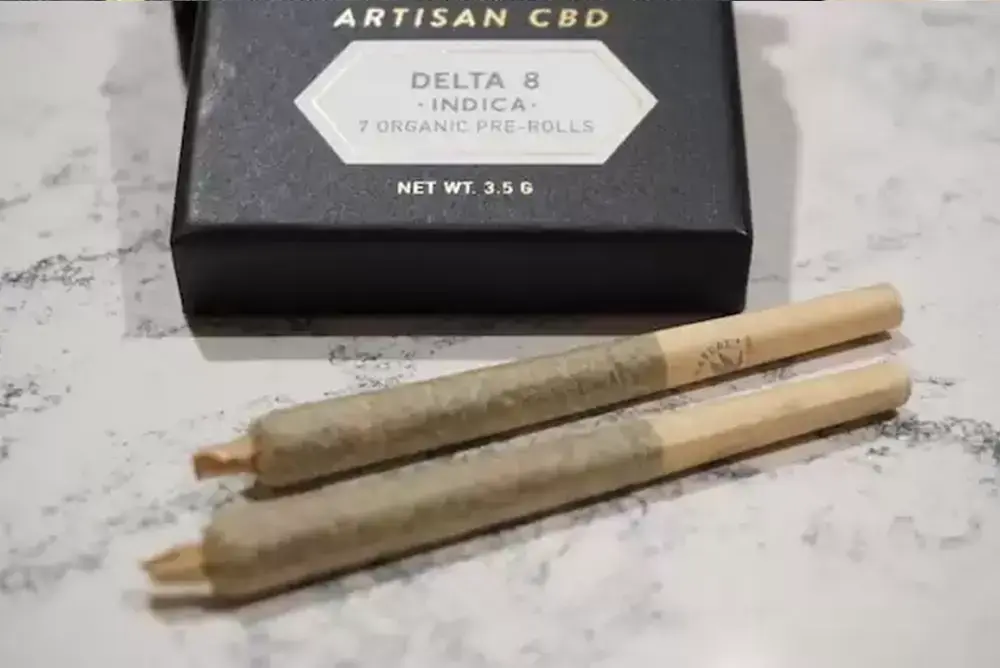
Cannabis product manufacturers need to keep up with the heavy competition of today’s market. As marijuana becomes more and more normalized and widespread, you must
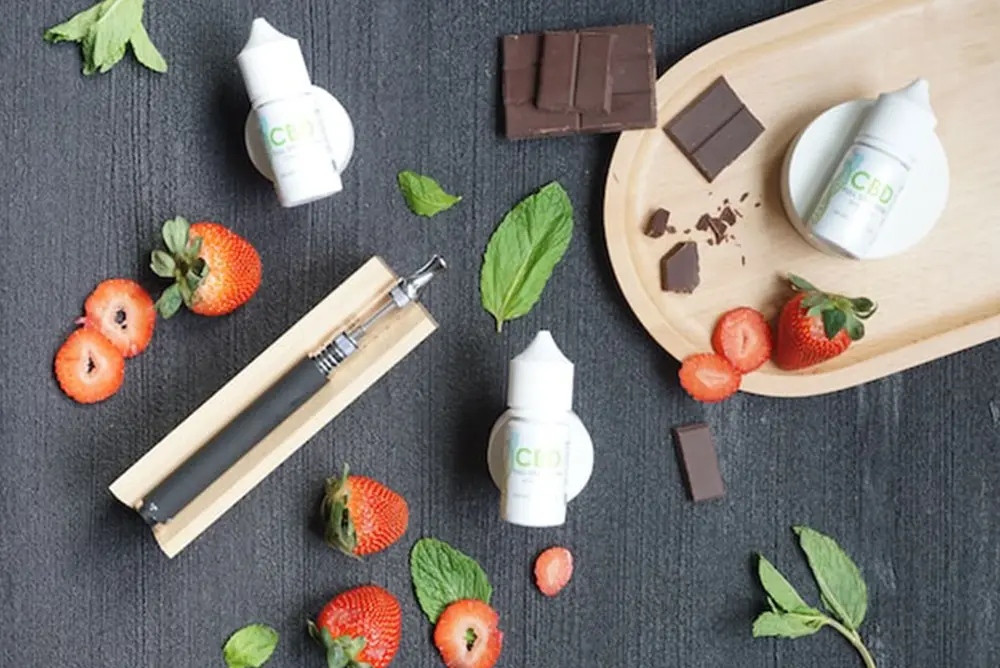
While the stigma of cannabis use is fading, its distinctive odor remains. Despite its health and relaxation benefits, people often avoid carrying cannabis with them
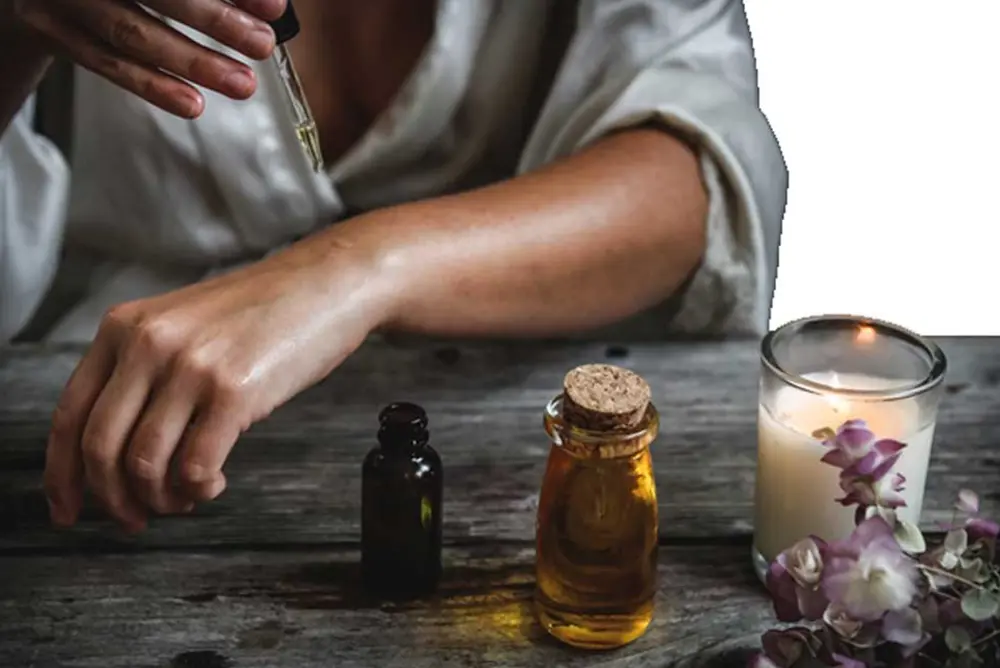
Selecting the proper packaging to market and sell products is crucial in today’s day and age. Dropper bottles are one of many packaging options that
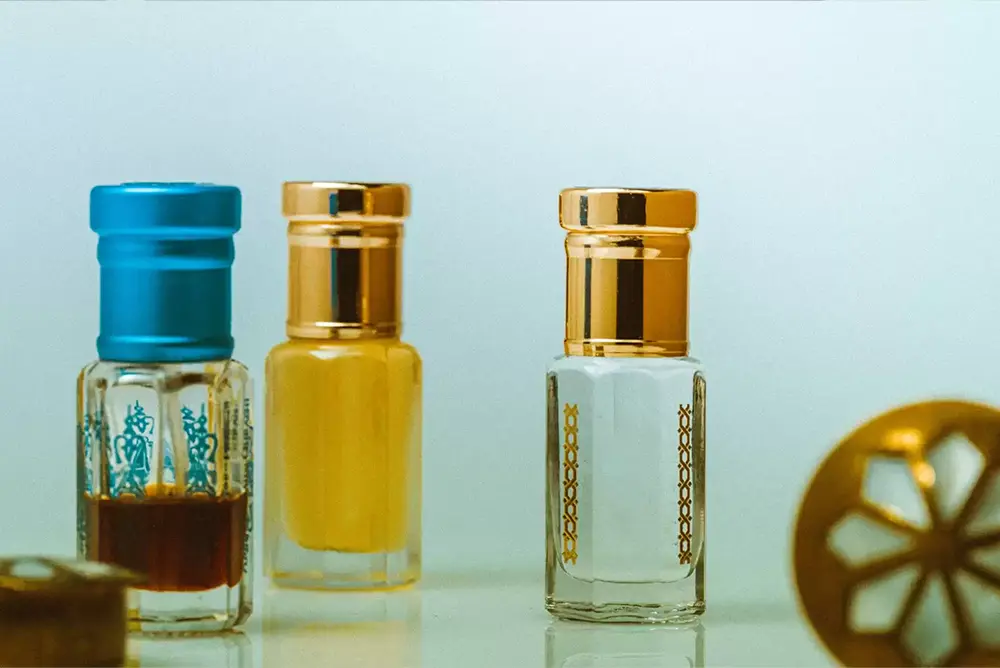
Glass vials are used in a variety of industries to store various types of products. These vials are a great option because they can provide
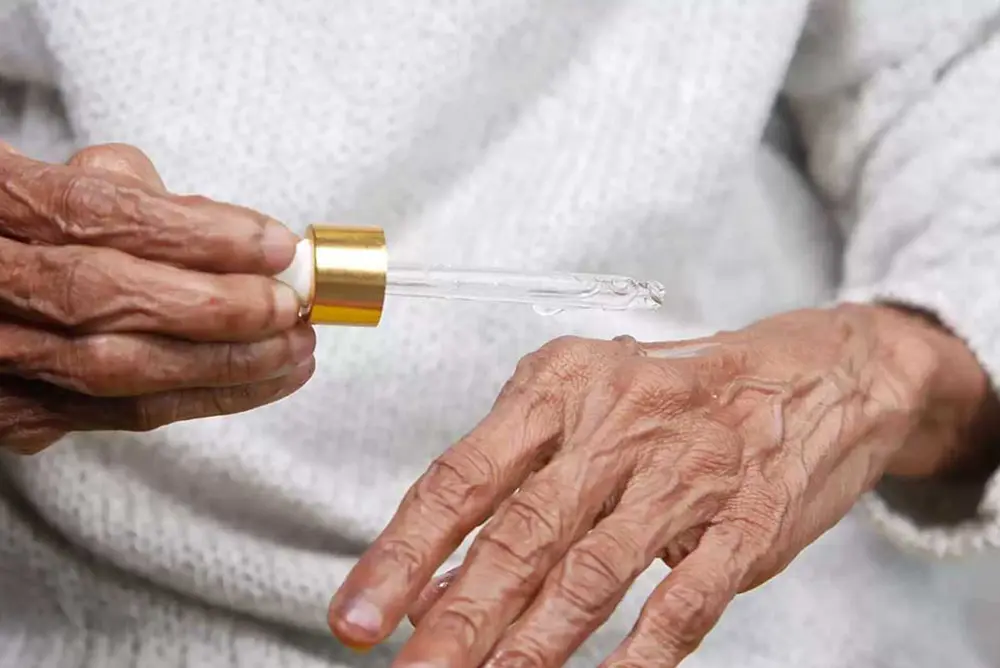
When you are manufacturing products that need to be administered in small amounts, you need a tool that you can use to facilitate that process.
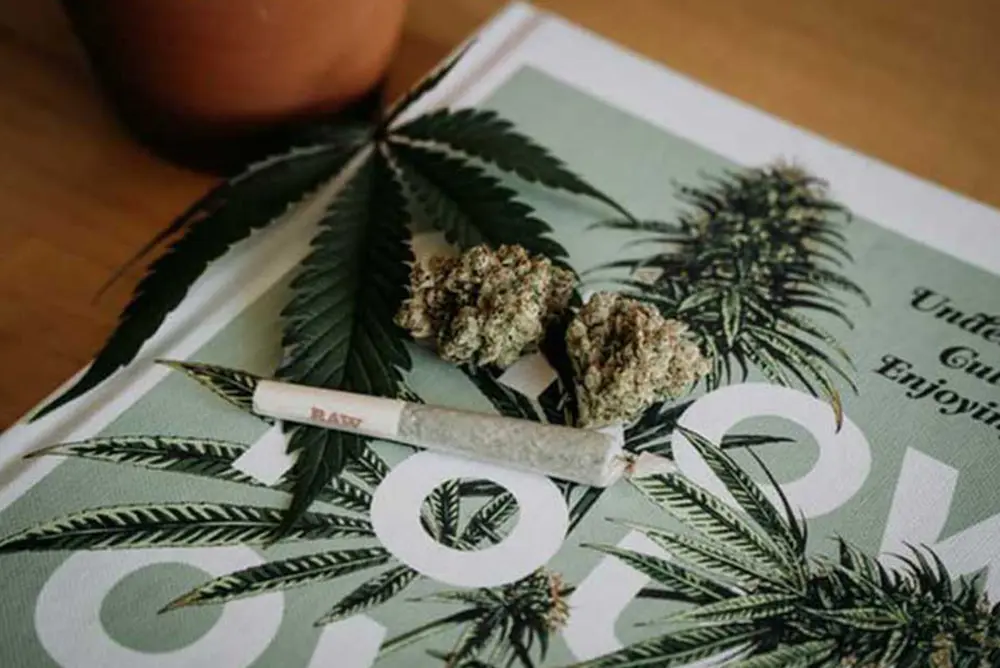
One of the most popular cannabis products available are pre-rolls or already rolled joints that can be purchased as ready-to-smoke from dispensaries. The most popular
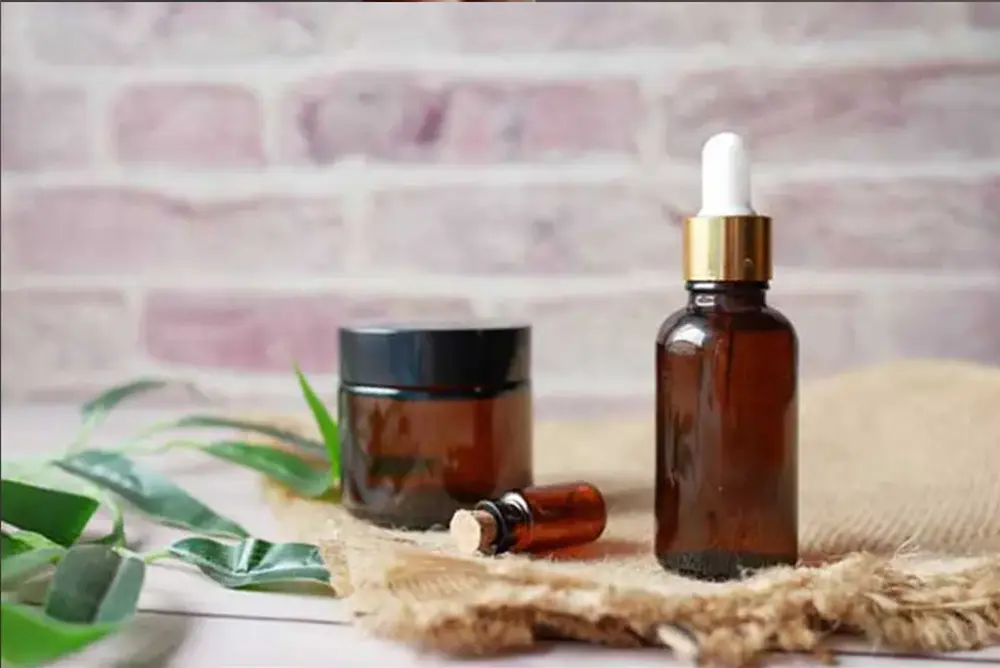
Over the last few years, the dropper bottle has made a comeback in the cosmetic packaging industry. Because of the rise of cosmetic oils and
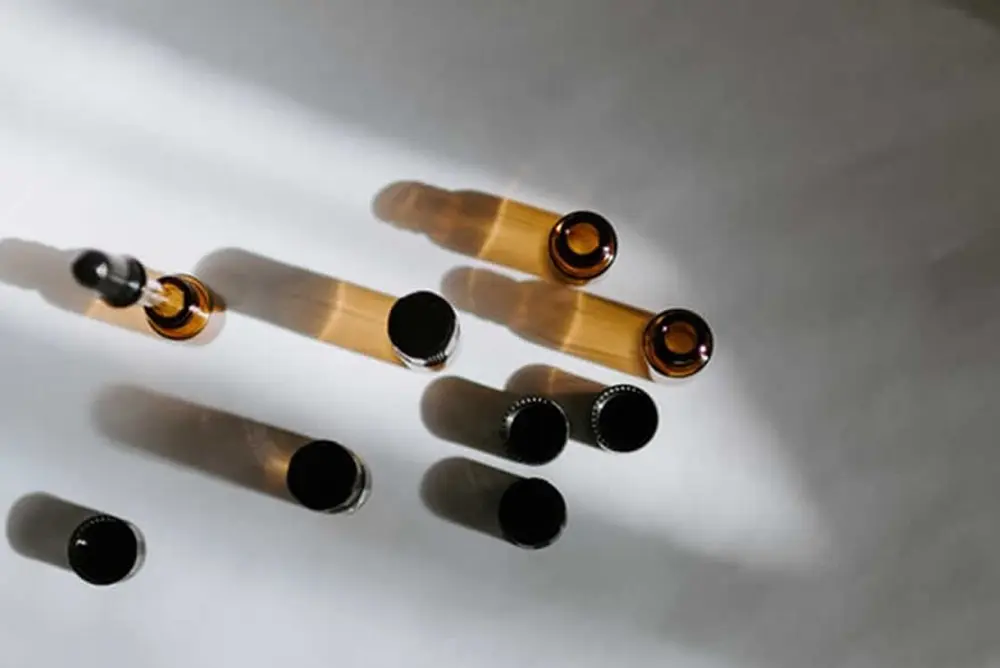
Dropper bottle label size guides are necessary to correctly market and label your products. There is a wide variety of sizing and labeling for glass dropper
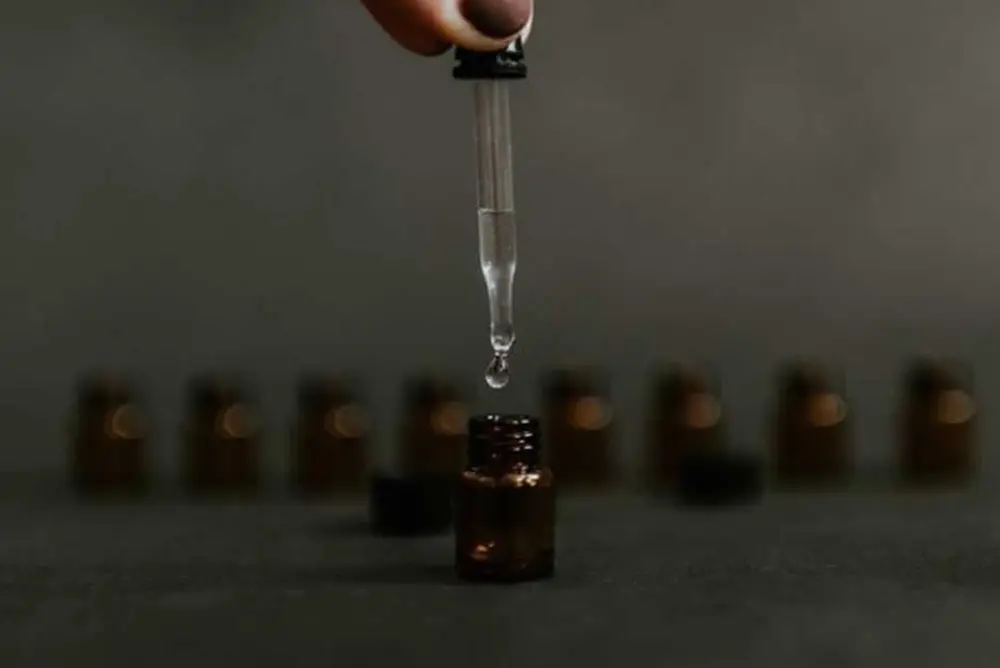
The beauty of essential oil dropper bottles is that they don’t have to be used as mere vessels for your essential oils. In reality, there are hundreds
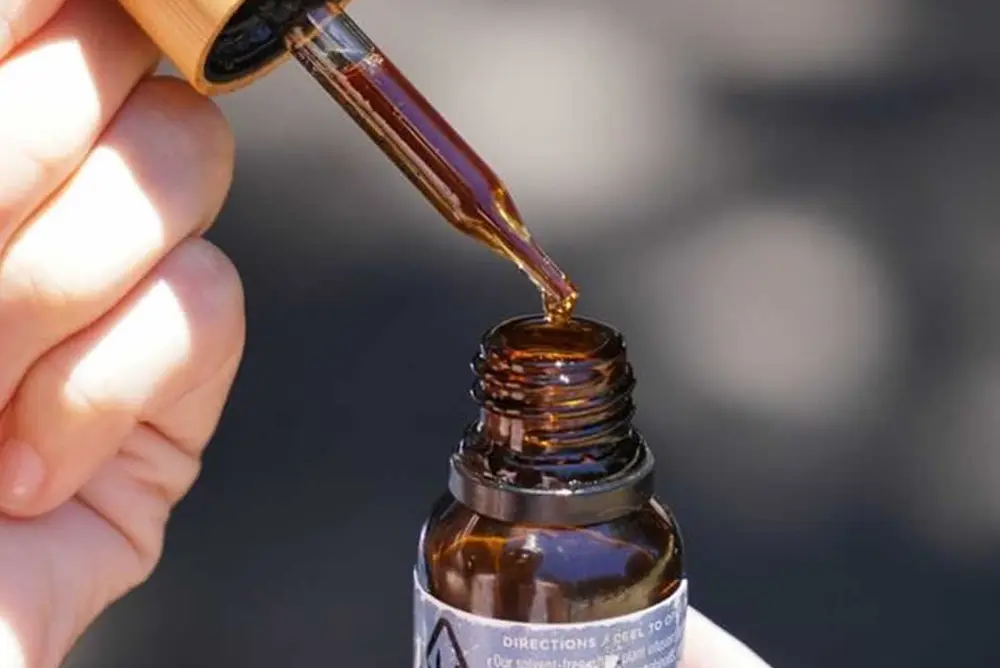
Essential oil manufacturers and distributors move large quantities of products every year, and there are always a few leftover empty dropper bottles that remain unused. Rather than

At Acme Vial, we manufacture every tubular glass vial through precise, controlled steps that ensure consistency, durability, and reliable performance for cannabis, essential oil, skincare,

We’ve spent decades perfecting glass vials for cannabis pre‑rolls, so we know exactly what manufacturers need to see before approving a package. This guide walks

Small bottle design is evolving in response to both aesthetic demands and practical packaging requirements for sectors such as cannabis, essential oils, skincare, and cosmetics.

At Acme Vial and Glass, we have extensive experience in manufacturing high-quality glass vials directly from glass tubing. Below is a comprehensive guide designed to